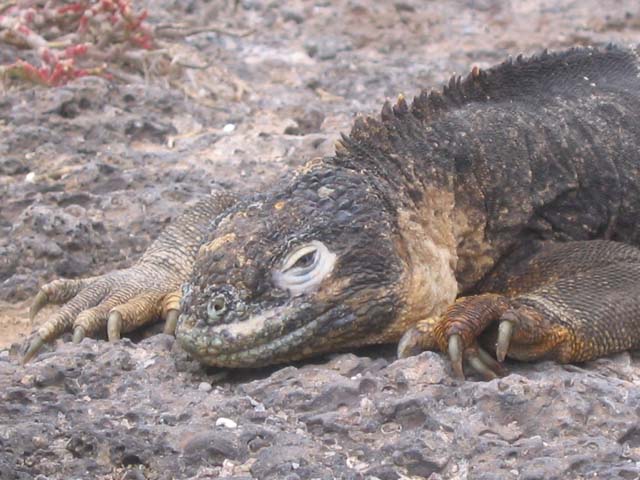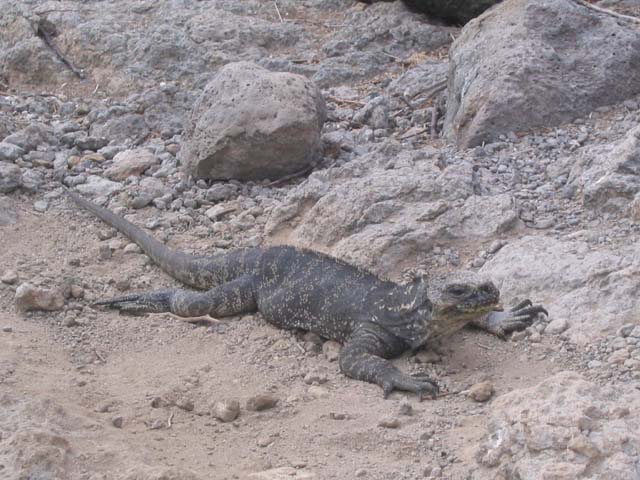Hello everyone.
This is the last week that I introduce unique animals which live in the Galapagos Islands.
In this week, I will talk about Galapagos’ unique birds.
I will talk about Blue-footed booby, Red-footed booby, Nazca booby, Swallow-tailed gull, Lava gull, Magnificent frigate bird, Galapagos mockingbird, Galapagos penguin, Flightless cormorant and Galapagos hawk.
The Blue-footed booby

The Blue-footed booby inhabits along the sea of all Galapagos Islands. It is the easiest to find it in three kinds of birds which inhabit Galapagos because they make a nest at the opened place. They have little wariness and we can observe them nearby. Their courtship dance that they fling up a leg alternately is notable.
The Red-footed booby

The Red-footed booby inhabits only Tower Island and Chatham Island. Although they are waterfowls, they build a nest on a tree. Most of them have brown body and the others have white body.
The Nazca booby

The Nazca booby is the largest booby in the Galapagos Islands. They build a nest at the place near a cliff because they use an ascending current in order to fly the big body. They fly majestically but they walk totteringly on the ground.
The Swallow-tailed gull

The Swallow-tailed gull is called that it is the most beautiful sea gull in the world. He is a nocturnal sea gull. They have least number in all kinds of sea gull.
The Lava gull

The Lava gull is one of endangered species. They are wrote in the list of Vulnerable (VU) in the Red List.
The Magnificent frigate bird

The Magnificent frigate bird has excellent flight ability and seizes the food of other birds. They have big red dewlap and sometimes swell it. Although an adult is black, a child is very beautiful snow-white.
The Galapagos mockingbird

The Galapagos mockingbird is the Galapagos’ unique land bird. They have least wariness in Galapagos and their curiosity is strong. They approach human without feeling shy. They are distributed over the wide area in the Galapagos Islands and we often see them there. They have done original evolution for every island. They are social and they form a group.
The Galapagos penguin

The Galapagos penguin is the same kind as the Humboldt penguin. It is thought that the Humboldt penguin rode on the Humboldt Ocean current and arrived at the Galapagos Islands. The Galapagos penguin is the only penguins which inhabit a tropical region. Because of El Nino, their number decreased sharply.
The Flightless cormorant

The Flightless cormorant cannot fly uniquely in all 29 kinds of cormorants. They evolved effectively to swim in water. Unlike an ordinary sea bird, their feather does not have repellence. Because of it, they can dive well.
The Galapagos hawk

The Galapagos hawk is the top of the food chain in the Galapagos Islands. They eat iguana, other birds and so on. Because they attacked and ate livestock, they were regarded as a kind of the harmful bird, and quite many of them were killed. Now, The Galapagos hawk is one of endangered species.

Finally, I will introduce next week’s topic. I will talk about Charles Darwin.
Charles Darwin is a natural scientist who argues the theory of evolution. He visited the Galapagos Islands and he discovered birds which evolved very uniquely.
Thank you for your reading. See you then.






